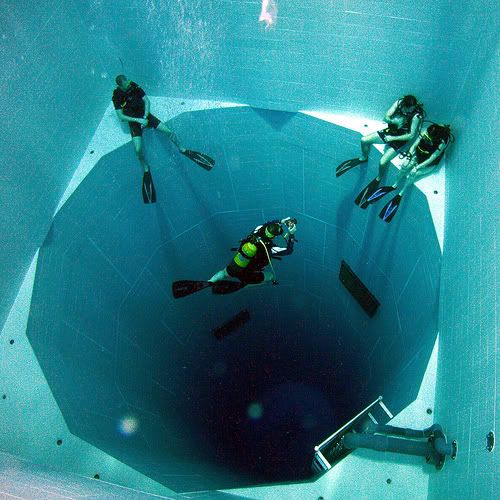Ted Weatherhead was a 21-year-old green 2nd lieutenant and co-pilot of a C-47, twin-engine, transport plane — a member of the 316th Troop Carrier Group, 44th Troop Carrier Wing, 9th Air Force — that dropped 19 fully-equipped 101st Airborne paratroopers behind enemy lines on D-Day hours before the June 6, 1944 Allied invasion of Normandy in World War II.-
2nd Lt. Ted Weatherhead
“That night we took off for France and flew south from Cottesmore, England to Land’s End, at the southern tip of the country, and crossed the English Channel,” “We came across the north side of Normandy and dropped our paratroopers.
“The weather was terrible and I was scared to death of hitting another plane flying in formation with us. Our 16-plane squadron was flying in groups of four planes each. There were 20 or 30 of these squadrons each filled with paratroopers headed for Normandy,” Weatherhead said.
“We flew in a V-formation following our leader until he gave us the green light on the top of his airplane. That was the signal to drop our paratroopers,” he said. “As we did we turned on the three black lights atop our fuselage and on both wings of our transport plane.
“We were flying 500 feet off the ground when they jumped. The paratroopers didn’t like it because we were flying too fast and too low when they bailed out,” Weatherhead said. ” We were going about 120 mph. when they jumped which was awfully fast for them. They would have much rather jumped at 2,000 feet, not 500.-
“Because we were flying so low and fast the Germans didn’t have much chance to shoot at us. Even so, the enemy’s .50 caliber machine-guns were effective. We counted 30 bullet holes in our C-47 from enemy machine-gun fire after the first flight,” he said.
“When we reached our base we thought we were through for the day. After debriefing we immediately went to bed and slept until they woke us up later that morning for our second D-Day flight. The second time we towed a glider that held a Jeep and 10 paratroopers over there.
“The Germans knew about our gliders. What they did was plant telephone pole-size posts in the ground standing three or four feet tall in many of the open fields along the Normandy coast to keep the gliders from landing. We tried to find a field that didn’t have posts when we dropped our glider off.
“When we returned from our second flight over Normandy that day they gave each of us a shot of whiskey. We took it and slept like a baby all night long,” Weatherhead recalled with a grin more than 65-years later.-
Excerpt from article in donmooreswartales









